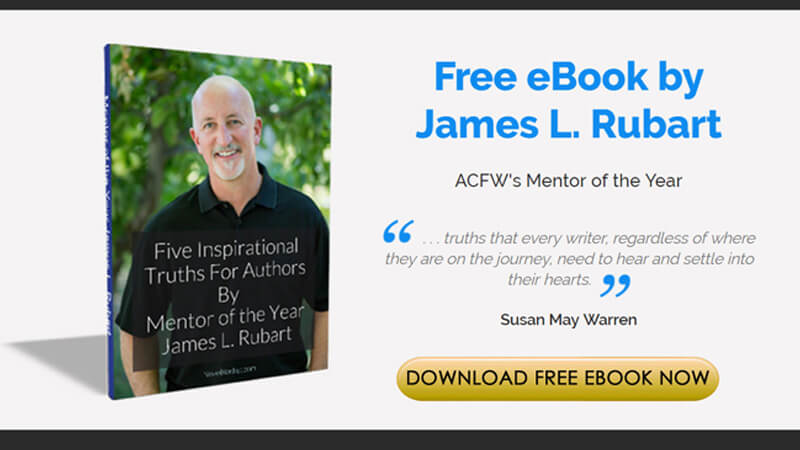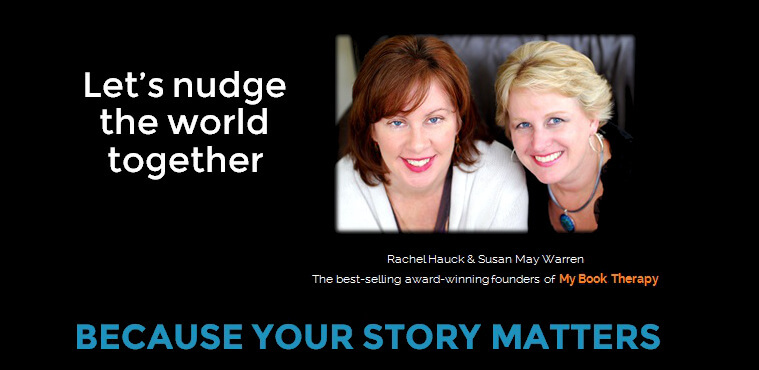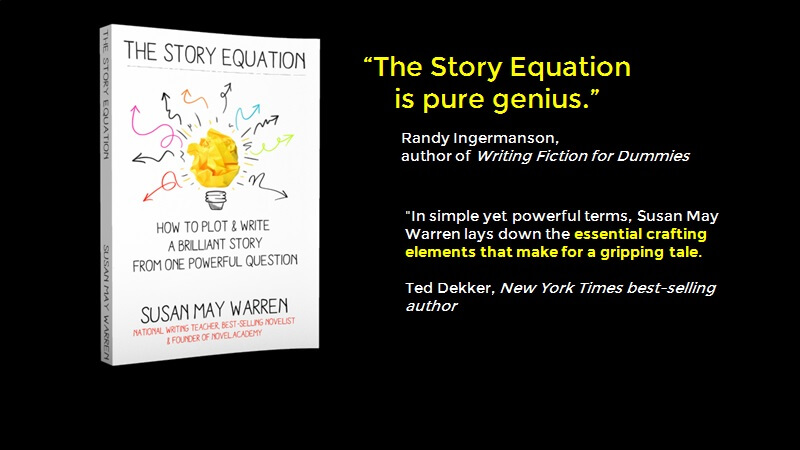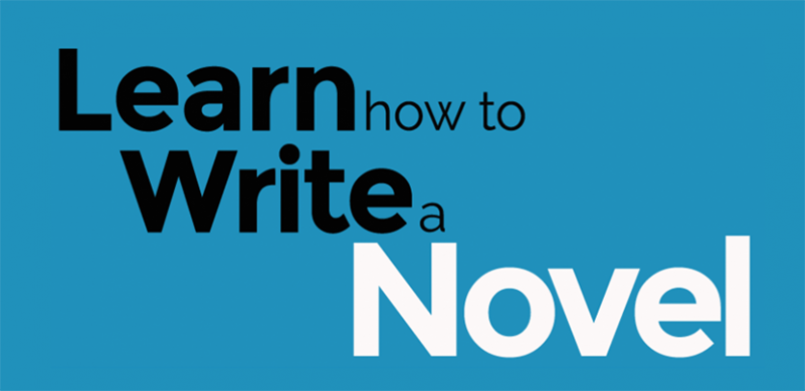By Michael Ehret
Your manuscript is likely big-boned. I know mine is. Over the years, your MS has picked up a few extra words here and there. But that shouldn’t be a problem. All of those skinny manuscripts are airbrushed anyway.
But seriously, your book is likely overweight and if it doesn’t lower its word count it won’t be able to compete. Time to trim and tone your book.
Weight Watchers, which helps you trim and tone your body, has four key principles that can be adapted to help you self-edit that extra verbiage from your manuscript.
Principle 1: Healthy word loss
Q. What’s healthy when it comes to word loss?A. As trim as possible without sacrificing artistry or voice.
I think of it this way: If a word can be deleted, it gets deleted. Cut the fat. Scour your writing for:
- Introductory phrases: “The point I’m trying to make is...”
- Redundancies:
- “Josh estimated that they’d arrive in Minneapolis by roughly 4:00 p.m. in the afternoon.” (14 words) "Estimated" and "roughly" are redundant, as are "p.m." and "afternoon".
- “Josh estimated they’d arrive in Minneapolis by 4:00 p.m.” (9 words)
- Wordiness:
- “Sarah knew that at her place of employment Jason was knee-deep in advance planning for the next year’s fundraising campaign.” (20 words)
- “Sarah knew her co-worker Jason was knee-deep in planning next year’s fundraiser.” (12 words)
Principle 2: Fits into your life
Any approach at trimming your manuscript must be practical and livable. That means realistic goals. You are not likely to become Ernest Hemingway (renown for being succinct) straight out of the gate. But you can set goals that will help you. Here are a few tricks:- That/Very: In almost every case, these words can be eliminated. Keep only the ones that add clarity or help with sentence rhythm.
- Adverbs: Scorn them. “Adverbs are the tool of the lazy writer.” — Mark Twain
- $$$: Pretend you are being charged a quarter for each word. If you take it seriously, you’ll start competing with yourself to pay less each time you write.
Principle 3: Informed choices
You need to learn not only how to cut your manuscript, but also why. If you know why, you gain the confidence to make the right choices for your writing. Here are some of the websites I often consult:I highly recommend American Christian Fiction Writers as a place to get grounded not only in the craft of writing, but in the career of writing as well.
Principle 4: A holistic view
Finally, your approach must be comprehensive. Sustained word loss comes from practicing these and other tips.One of the best ways to practice tight writing is in a writer’s critique group. A proper critique group will, kindly and in love, kick your writing butt until you’re in shape. They’ll remind you of what you’ve learned (and of how often you’ve had to learn it). They will hold you down and sit on you until you’ve eliminated every extra word—and will expect you to do the same to them. With chocolate.
 Michael Ehret loves to play with words as a Marketing Communications Writer for CHEFS Catalog and as a freelance editor at WritingOnTheFineLine.com. Ehret is the former editor of the ACFW Journal and has edited several nonfiction books, proofedited for Abingdon Press, and reported for The Indianapolis Star.
Michael Ehret loves to play with words as a Marketing Communications Writer for CHEFS Catalog and as a freelance editor at WritingOnTheFineLine.com. Ehret is the former editor of the ACFW Journal and has edited several nonfiction books, proofedited for Abingdon Press, and reported for The Indianapolis Star.

























This comment has been removed by a blog administrator.
ReplyDeleteI got lucky with 2 early crit partners, Yvonne Anderson & Eunice Matchett, who taught me to write lean. Now, my first draft of a 90K novel will be done at 75K. Then I go back and layer in the sensory details. It works for me. :)
ReplyDeleteThat's actually a great way to approach it Ane. But few writers are able to write lean first and add it in later. Good skill to have. Crit partners can teach us SO much.
Delete